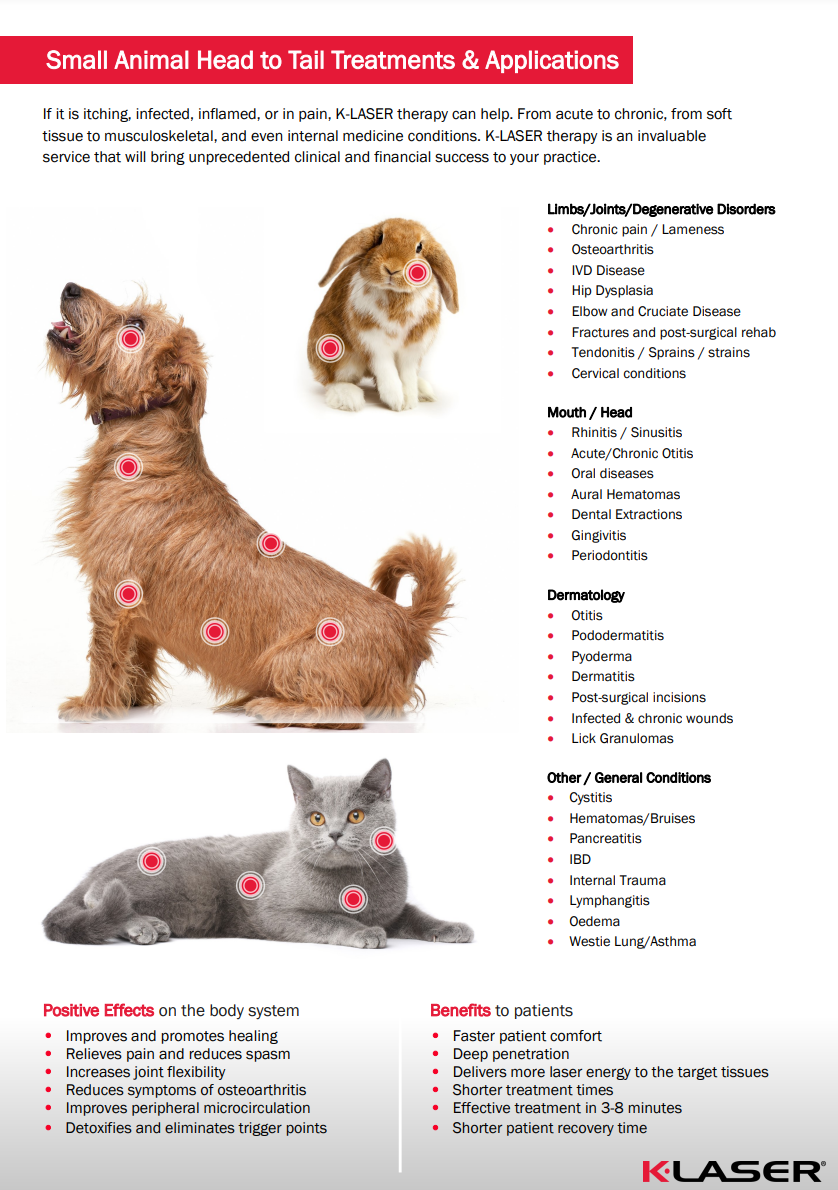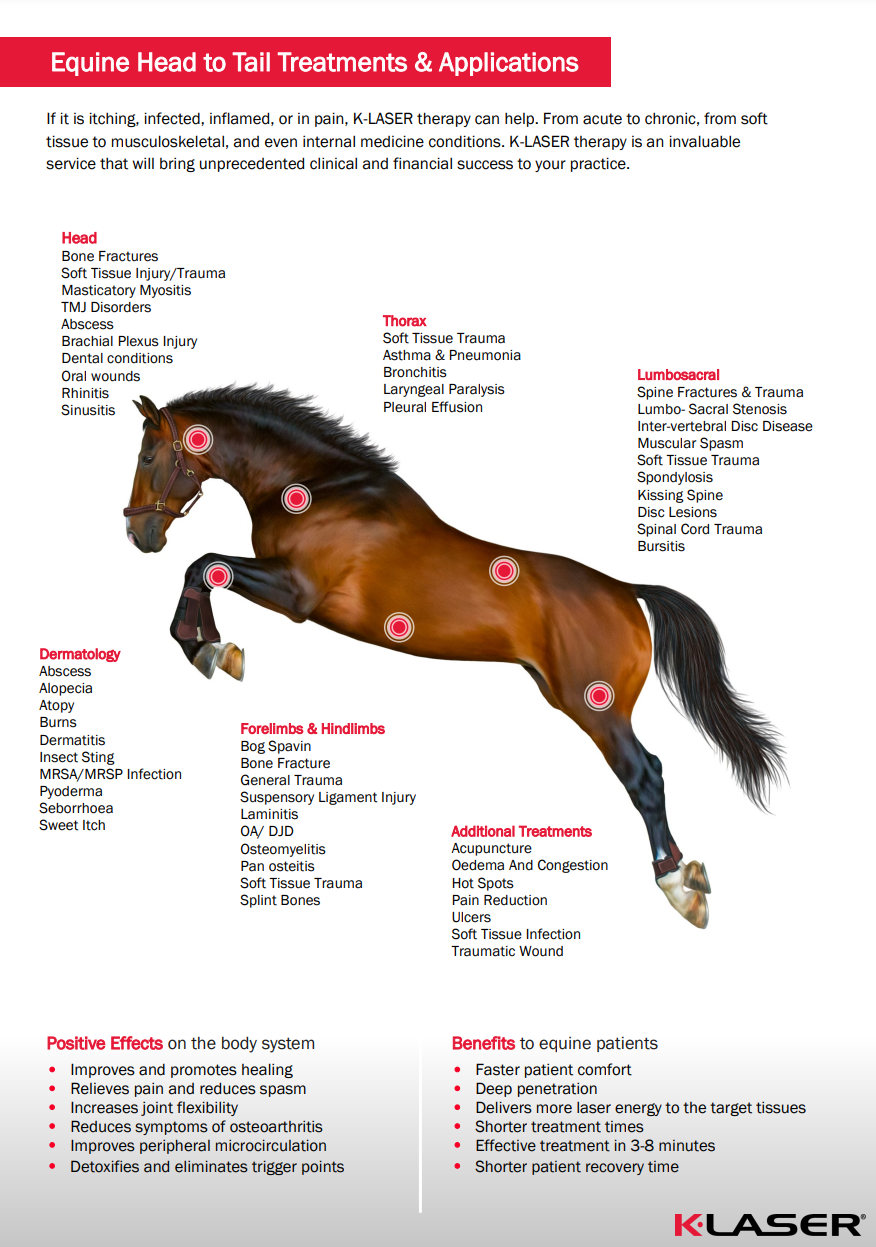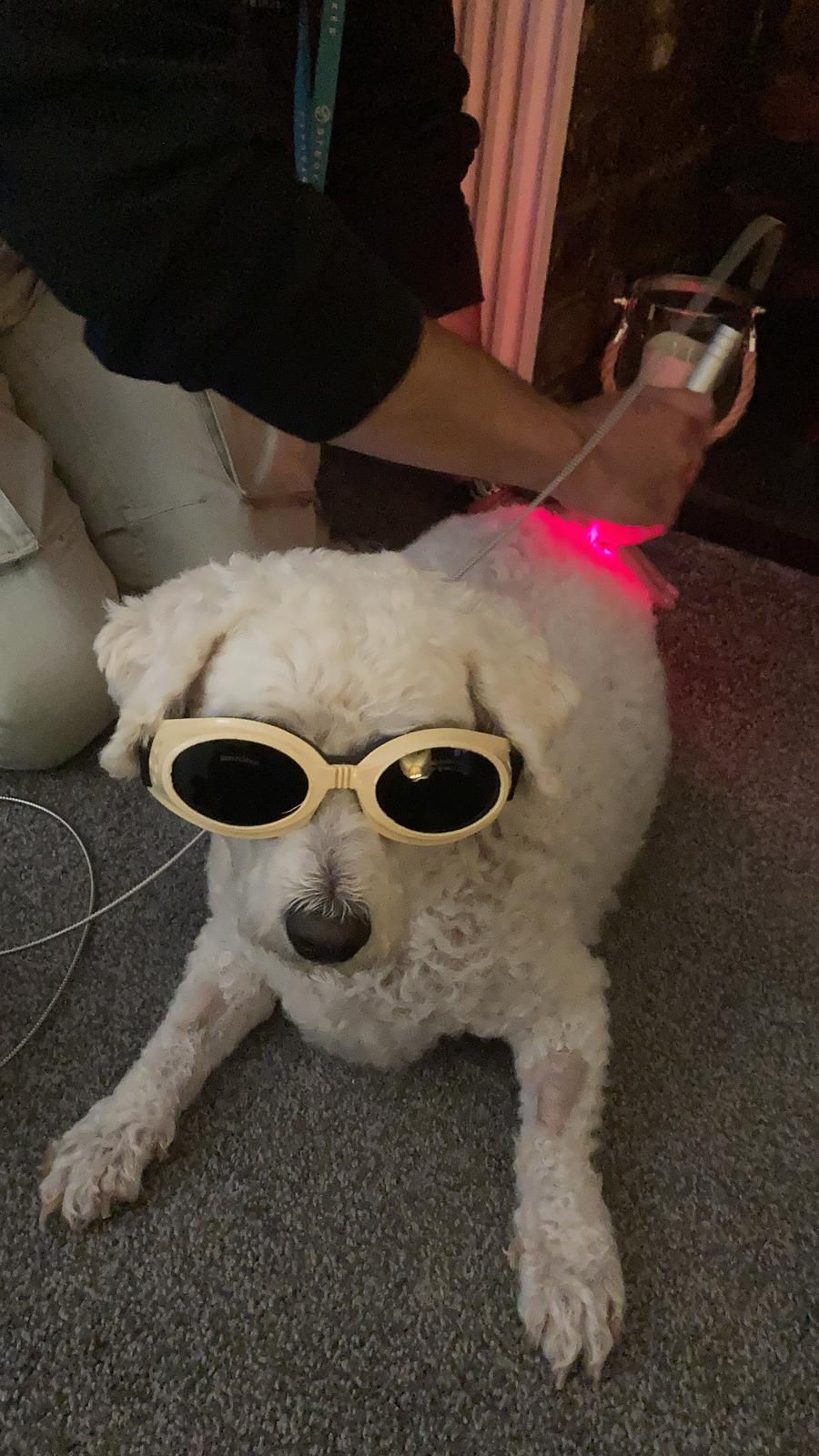K Laser- The drug free, surgery free solution.
- Paul Hodgkinson Vet Physio
- Oct 25, 2021
- 2 min read
As some of you may be aware I have recently become a K Laser specialist. I am pleased to say it has been a fantastic addition to my practice enabling me to help animals with numerous conditions which I have not had the chance to work on previously.
I wanted to take this opportunity to give you all a little more information on the K Laser, how it works, what common conditions it can help with and what to expect.

Firstly it is important to acknowledge that whilst K Laser is a relatively new modality in this country, it has been around in the U.S and Australia for quite some time 10-15 years to be exact. K Laser therapy can relieve pain, reduce swelling and increase range of motion.
What is K Laser therapy?
K Laser devices deliver specific wavelengths and frequencies of laser light to produce a therapeutic effect upon the body. Effects can include increased circulation, decreased swelling, reduction of pain and enhanced tissue repair. In the early 2000's a major advance in treatment occurred with the introduction of more powerful class IV multi-wavelength machines. Since then, L-Laser has been adopted by practitioners around the world.
Common conditions laser therapy can help with .....


Therapeutic effects:
The painless application of laser energy helps to promote increased circulation by drawing oxygen and other nutrients to the affected area. This creates an optimal healing environment to reduce swelling, inflammation, muscle spasm, stiffness and pain. As the injured area returns to normal, pain is relieved and function is restored.
Cellular effects:
During treatment, infrared laser light interacts with tissues at the cellular level. An increase in metabolic activity within the cell stimulates the transport of nutrients across the cell membrane to initiate and increase in the production of cellular energy (ATP). This leads to a cascade of beneficial events promoting the acceleration of the healing process and reduced pain.
What to expect.
There is no patient sedation or restraint required and the experience is usually pleasant and comforting to them.
The treatments are cumulative in nature. The length and frequency of treatments varies with your animal's condition. Most patients exhibit greater comfort and mobility within 12 to 24 hours of treatment. Even though improvements may be seen after the first visit, most patients require several treatments for greatest benefit. A multi-visit treatment plan is recommended. Most sites require 3 to 8 minutes per treatment.

A sample treatment schedule is as follows:
Twice or every other day for week one
Twice the second week
Once or twice the third week
Ongoing booster treatments as required.

Has effectiveness been demonstrated scientifically?
Yes, thousands of published studies are available to demonstrate the clinical effectiveness of laser therapy. Among these, there are more than one hundred rigorously controlled scientific studies that document the effectiveness of laser for many clinical conditions.

Comentários